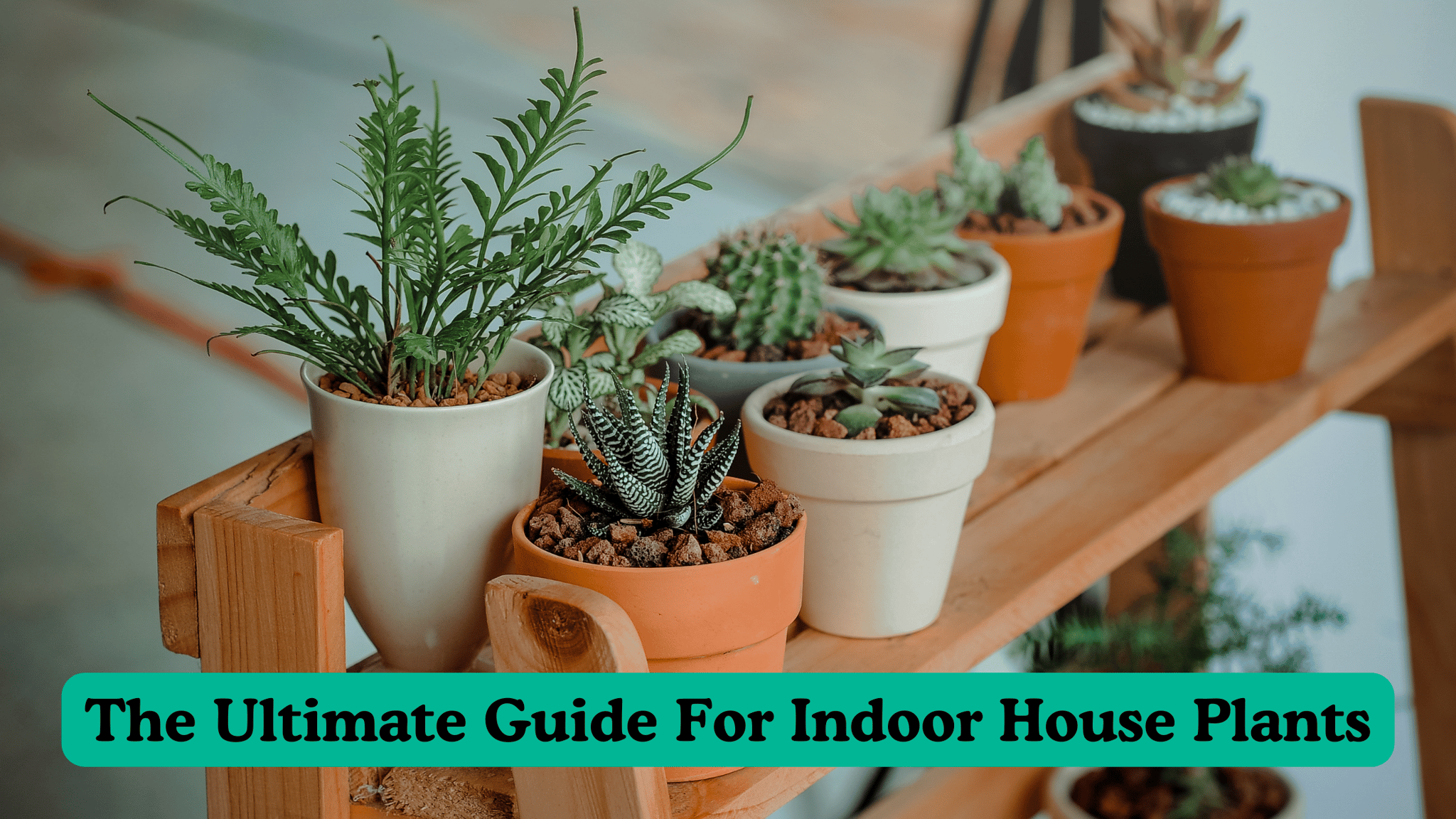Indoor house plants not only elevate the aesthetic of your home but also offer numerous health benefits. From purifying the air to boosting your mood, indoor plants can transform your living space into a green sanctuary. At Paudhewale.com, India's premier gardening marketplace, we provide a wide variety of plants, seeds, and gardening supplies online to help you create your dream indoor garden. In this guide, we’ll cover everything you need to know about indoor house plants, from choosing the right ones to maintaining their health and styling them beautifully.
The Benefits of Indoor House Plants
Indoor house plants are more than just decorative pieces. They offer a range of benefits including:
- Air Purification: Many indoor plants, such as spider plants and peace lilies, can remove toxins from the air.
- Improved Mental Health: Being around greenery can reduce stress, enhance mood, and increase productivity.
- Natural Humidifiers: Plants release moisture into the air, helping to maintain humidity levels.
- Aesthetic Appeal: Well-placed indoor plants can enhance the interior design of any room.
Choosing the Right Indoor Plants for Your Space
Selecting the right plants for your home depends on several factors:
- Light Availability: Assess the natural light in your space. Some plants thrive in low light (e.g., snake plants), while others need bright, indirect light (e.g., fiddle leaf figs).
- Space: Consider the size of the plant and how much space you have. Small succulents are perfect for tiny apartments, while larger plants like monstera can make a statement in spacious rooms.
- Maintenance Level: If you’re a beginner, start with low-maintenance plants such as pothos or ZZ plants.
To explore a variety of options, visit our indoor plant online shop where you can buy indoor plants that suit your specific needs.
Understanding the Light Requirements for Indoor Plants
Light is a crucial factor for plant health. Here’s a basic guide:
- Low Light: Ideal for rooms with north-facing windows or areas far from windows. Suitable plants include snake plants and pothos.
- Medium Light: Perfect for east-facing windows or areas with filtered light. Try peace lilies or rubber plants.
- High Light: Best for south or west-facing windows. Opt for succulents or fiddle leaf figs.
Proper Watering Techniques for Indoor Plants
Overwatering is a common mistake. Here are some tips:
- Check the Soil: Always check if the top inch of soil is dry before watering.
- Drainage: Ensure pots have drainage holes to prevent waterlogging.
- Watering Schedule: Adjust based on the season; plants typically need more water in the growing season (spring and summer) and less during the dormant period (fall and winter).
Fertilizing Indoor Plants for Optimal Growth
Fertilization provides essential nutrients for plant growth:
- Type of Fertilizer: Use a balanced, water-soluble fertilizer for most indoor plants.
- Frequency: Fertilize every 4-6 weeks during the growing season. Avoid over-fertilizing, which can damage roots.
Common Pests and Diseases of Indoor Plants
Indoor plants can be susceptible to pests and diseases. Common issues include:
- Pests: Spider mites, aphids, and mealybugs can be managed with neem oil or insecticidal soap.
- Diseases: Fungal infections often result from overwatering. Ensure good air circulation and avoid waterlogged soil.
Tips for Creating a Suitable Environment for Indoor Plants
Creating the right environment is key to plant health:
- Humidity: Increase humidity with a humidifier or by placing plants on a tray of water and pebbles.
- Temperature: Maintain a stable temperature between 18-24°C (65-75°F).
- Airflow: Ensure good airflow to prevent mold and pests.
Styling Your Indoor Plants for Aesthetic Appeal
Styling plants can enhance your home's decor:
- Plant Grouping: Group plants of different heights and textures for a dynamic look.
- Containers: Choose stylish pots that complement your decor.
- Placement: Use plant stands or shelves to create visual interest and maximize space.
Troubleshooting Common Problems with Indoor Plants
If your plants are struggling, consider these solutions:
- Yellowing Leaves: Could indicate overwatering or lack of nutrients.
- Drooping Leaves: Often a sign of underwatering or root issues.
- Brown Tips: Typically due to low humidity or chemical-laden water.
Creating a Thriving Indoor Garden
Creating a thriving indoor garden involves understanding your plants' needs and providing the right care. With the tips and advice from this guide, you’re well on your way to cultivating a lush green haven in your home. Explore the wide range of plants, seeds, and gardening supplies at Paudhewale.com and start your indoor gardening journey today!
Whether you're looking to buy indoor plants or searching for the best indoor plants for your home, Paudhewale.com offers a comprehensive selection of indoor flower plants online. Transform your space into a vibrant and healthy environment with our top-quality plants and expert advice. Happy gardening!

